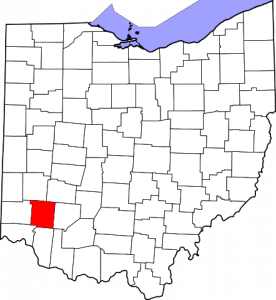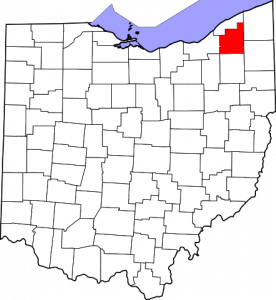 Despite a pledge to run this year’s Democratic National Convention in Charlotte, N.C., without a penny of corporate money, a new filing with the Federal Election Commission reveals Democrats raised millions from AT&T, Time Warner Cable, and several big banks and energy companies.
Despite a pledge to run this year’s Democratic National Convention in Charlotte, N.C., without a penny of corporate money, a new filing with the Federal Election Commission reveals Democrats raised millions from AT&T, Time Warner Cable, and several big banks and energy companies.
Convention officials originally promised the convention would be self-sustained without corporate money, but that promise was long gone with last week’s quiet report to the FEC. Millions arrived courtesy of a convention civic committee that openly welcomed corporate cash.
The Los Angeles Times reports New American City, which paid for hospitality and administrative costs, raised $19 million — nearly all from corporations.
Digging deeper into the FEC filings, Stop the Cap! reveals where some of the Democrat’s money came from and where some of it went:
- AT&T spent $175,475 on “delegate bags” decked out with AT&T’s logo and $123,087 on “catering for suites.” That was in addition to a straight $1 million cash contribution;
- Time Warner Cable handed over $600,000 . The cable company was also the premier sponsor of the host committee’s media welcome party;
- CenturyLink handed over $10,500 to the DNC via New American City;
- Google Foundation contributed $100,000;
- National Cable Satellite Corporation (parent company of cable-industry financed C-SPAN): $2,500
- Turner Broadcasting System (now owned by Time Warner (Entertainment)): $25,000
- Verizon Wireless handed over $50,000
While accepting the contributions violates the Democrats’ commitment not to accept corporate money, election observers concerned with the pervasive influence of corporate cash are not giving Republicans a free pass. With no restrictions on fundraising, the GOP raised nearly $56 million from AT&T and other telecommunications entities, big oil and gas companies, hedge fund managers, big banks, and wealthy individuals.


 Subscribe
Subscribe





